The good news
It is never too late to improve the health of bones. Incredibly, there are many strategies to minimize bone loss and maintain healthy bones throughout life. Bones are capable of rejuvenation from before a person is born through the end of life. Even in later stages of life, simple lifestyle changes, physical activity, and a balanced diet can have positive effects that benefit bone health.
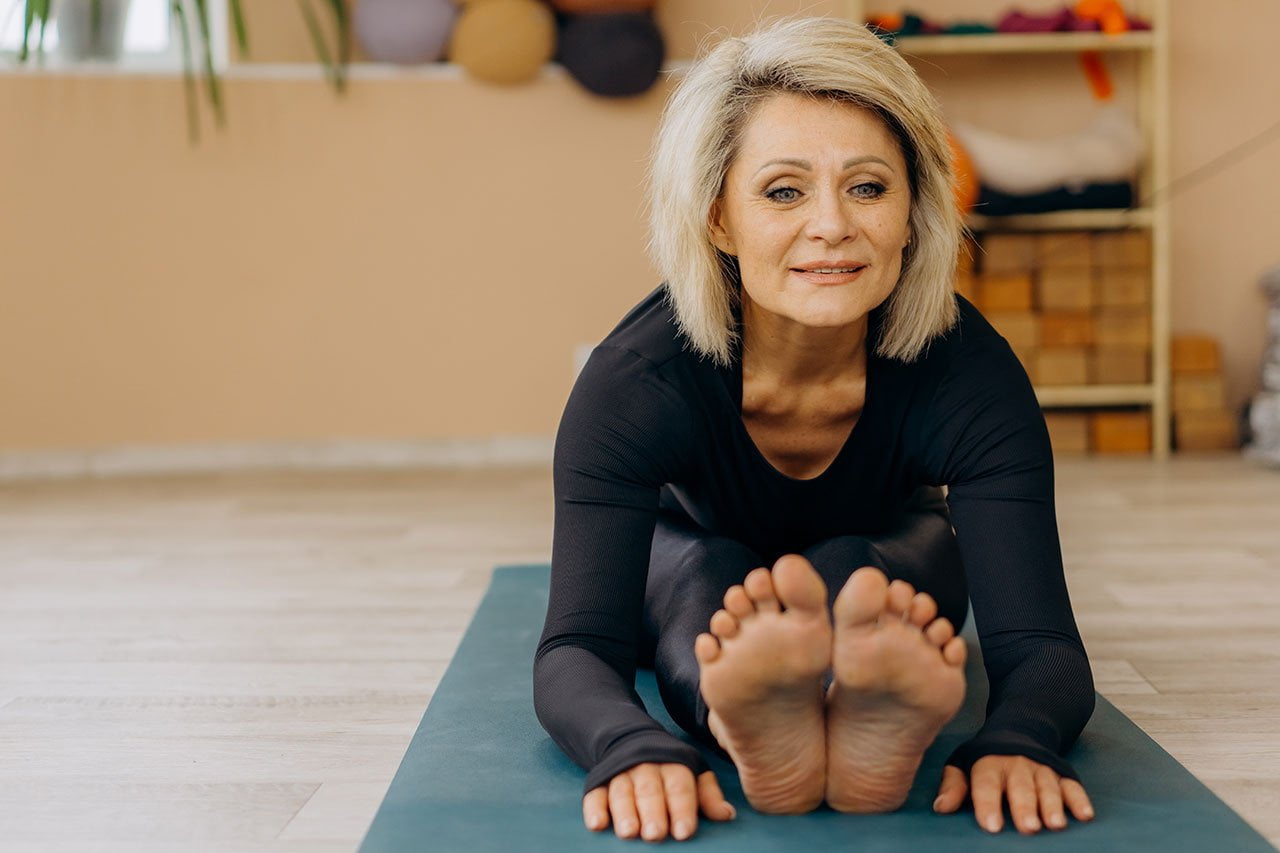
The bad news
Women tend to lose bone density faster as they approach menopause. As women age, it is common for them to develop Osteopenia, a condition that occurs when bones become weak and brittle due to a loss of calcium. Osteopenia can lead to a risk of developing osteoporosis, which is a disease that weakens bones, making them more porous and susceptible to breaking and fractures. In Canada, 1 in 3 women will likely suffer a fracture due to osteoporosis during their lifetime.
Women’s bones through the ages
Infancy, childhood, and adolescence. Age 0 to 18.
During infancy and childhood, bones grow, thicken, and lengthen. For adolescent girls, hormones including estrogen speed up bone growth. This is an important time for bones to gain density and strength.
Early womanhood. Age 18 to 30
Women reach their peak bone density, meaning their bones are at their largest and densest, in their early 20s. By the age of 30, bone regeneration begins to slow down as a normal part of the aging process.
The childbearing years
Interestingly, studies show that although some bone loss may occur during pregnancy, most women regain any bone loss soon after giving birth. Even more interesting, there are some potential bone-protective factors with each additional pregnancy which may be evident later in life.
Perimenopausal. Age 30s and 40s.
Perimenopause is the precursor to menopause and can last for 8 to 10 years. It is marked by the beginning of hormonal changes including a drop in estrogen. Estrogen helps to keep bones strong because it works with calcium and vitamin D which are important nutrients that help to maintain bone density.
Menopause and postmenopause. Age 50+
True menopause is when periods completely stop. Estrogen production is so low that this signals the end of the reproductive cycles. This drop in estrogen sometimes results in rapid bone loss. Due to this menopause-related bone loss, women are more susceptible to bone diseases like osteoporosis.
After menopause, some women lose bone faster than others. The first 5 to 7 years following menopause, a woman could lose as much as 20% of her bone density. This puts her at even greater risk of breaking and fracturing bones due to bone weakness and osteoporosis. In fact, the risk of a woman breaking a hip is equal to her risk of breast, uterine, and ovarian cancer combined.
Number one reason to improve bone density in women for life
The higher the bone density is at the onset of menopause, the higher the protection is against weak bones, bone loss, and developing osteoporosis. Building, protecting, and strengthening bones throughout a woman’s life is important. Bones with higher density have a lower risk of fracture and broken bones.
5 key strategies to improve bone density in women during all phases of life
The 5 key strategies listed below provide ways to improve bone density in women throughout all ages. The strategies may also contribute to rehabilitation after an injury, broken bone, or fracture.
1. Healthy diet.
A diet high in bone-building minerals including calcium, magnesium, potassium, zinc, and phosphorus promotes strong dense bones. Ensuring essential vitamins and nutrients including vitamin D, K, and A are each important to include in the diet as they act together with minerals to build strong bones. Protein and healthy fats are also important as part of a healthy diet because they help bone to grow and rejuvenate.
2. Muscle-strengthening and weight-bearing exercise
To ensure that the bone-building minerals, vitamins, proteins, and healthy fats go to improving bone density, the bones need to be working. Just 20 minutes a day or a goal of 2 ½ hours a week of weight-bearing and muscle-strengthening will go a long way to improve bone density in women.
Not everyone enjoys exercising. Find ways to exercise that are enjoyable. Simply lifting one’s own body weight with gentle squats and lunges for 10 minutes a couple of times a day is a great start. Or short brisk walks or dancing in the kitchen throughout the day will help strengthen bones. The best and most effective exercise is enjoyable exercise that becomes a normal part of your everyday life.
Looking for ways to improve bone health through exercise? Too Fit to Fracture provides recommendations on strength training, balance exercises, and aerobic activity as well as ways to move safely during everyday activities to avoid the risk of falls or spine fractures. Its available through https://osteoporosis.ca/.
3. Maintain a healthy weight
Being underweight is a risk factor for low bone density, bone loss, and fragility fracture. There may be a relationship between being overweight and maintaining a higher bone density in women. But, this is counteracted by decreased bone quality and increased fracture risk associated with being overweight and obese. This may be compounded by other comorbidities associated with being overweight or obese, which are not lessened by the potential benefit of higher bone density. Therefore, eating well and putting those calories to work to build healthy strong bones works best while maintaining a healthy weight.
4. Limit activities that promote bone loss.
Life is not without risks. Some risk factors for bone loss, fractures, and osteoporosis are beyond anyone’s control. These may include a family history of fractures or osteoporosis which may make a woman predisposed to the condition. Some diseases such as diabetes, rheumatoid arthritis, or celiac disease may contribute to bone loss.
That being said, many activities contribute to bone loss which can be minimized or avoided. Consuming tobacco products and drinking too much alcohol leads to bone loss. Not having enough physical activity and not receiving enough calcium and vitamin D through the diet or through fortified foods and supplements also negatively effects bone density in women.
5. Talk to your doctor
During all phases of life but particularly at the onset of perimenopause, talk to a doctor about maximizing bone health. The doctor will determine risk factors that may affect bone health and bone density. These may include family history, physical examination, current and previous medications, and reproductive and hormonal history.
The doctor may provide a bone mineral density scan which is an X-ray that determines the mineral density in bone segments. From there the doctor will be able to provide a prevention and treatment plan to keep bones in the best possible condition.
Improving bone density in women
Follow these 5 key strategies to improve bone density in women during all phases of life. It is never too late or too soon to improve the health of bones. The strategies aim to minimize bone loss and maintain healthy bones throughout life. Fortunately, bones are capable of rejuvenation from before birth until the end of life. Even in later stages of life, the 5 strategies, including simple lifestyle changes, physical activity, and a balanced diet can have positive effects that benefit bone health.
The 5 key strategies not only provide ways to improve bone density in women, but they are also important as part of rehabilitation after an injury, broken bone, or fracture. In the unfortunate event of a fracture, Low-Intensity Pulsed Ultrasound (LIPUS) is proven to accelerate the healing process. In fact, the safe and non-invasive Melmak LIPUS device provides a convenient 20-minute, once-a-day treatment. Safe, effective, and convenient, the clinically proven Melmak LIPUS device provides healing to fresh fractures 38% faster. It also improves delayed and nonunion healing by 86%. The Melmak LIPUS device is available through us or your health-care provider for convenient self-treatment at home to stimulate bone healing.
Contact us today to find out how a Melmak LIPUS device can provide you or a loved one with faster fracture healing.
Do you have any tips or strategies that have benefited your bone density? Do you have any questions regarding improving your bone density?
Please post your questions, thoughts, and suggestions in the comments section below.

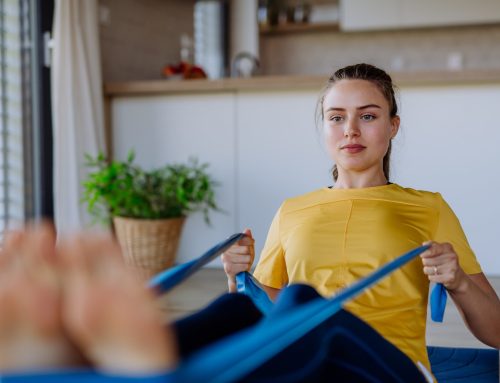
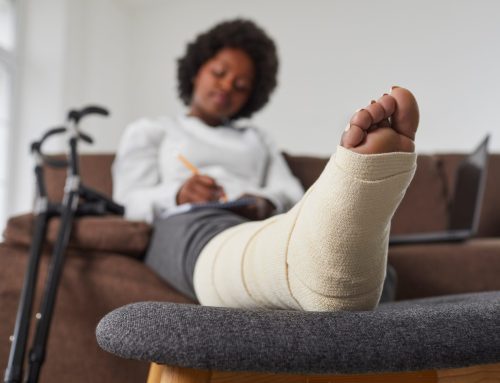
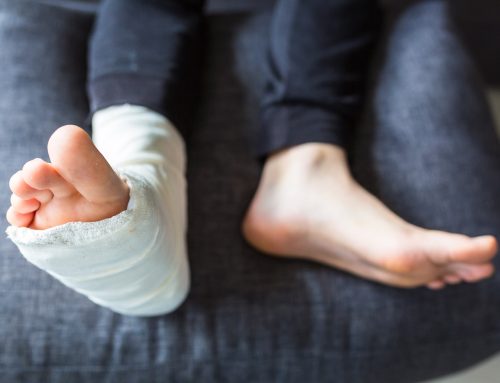

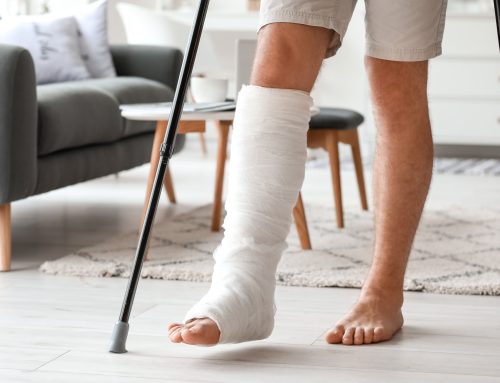
Leave A Comment